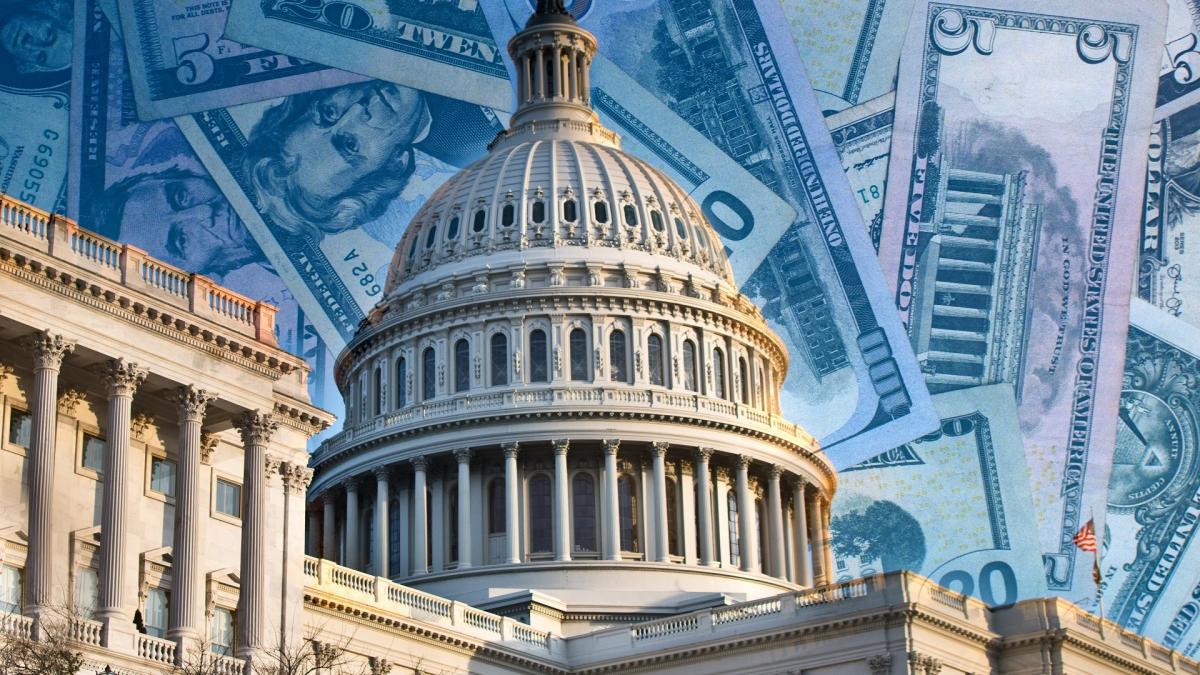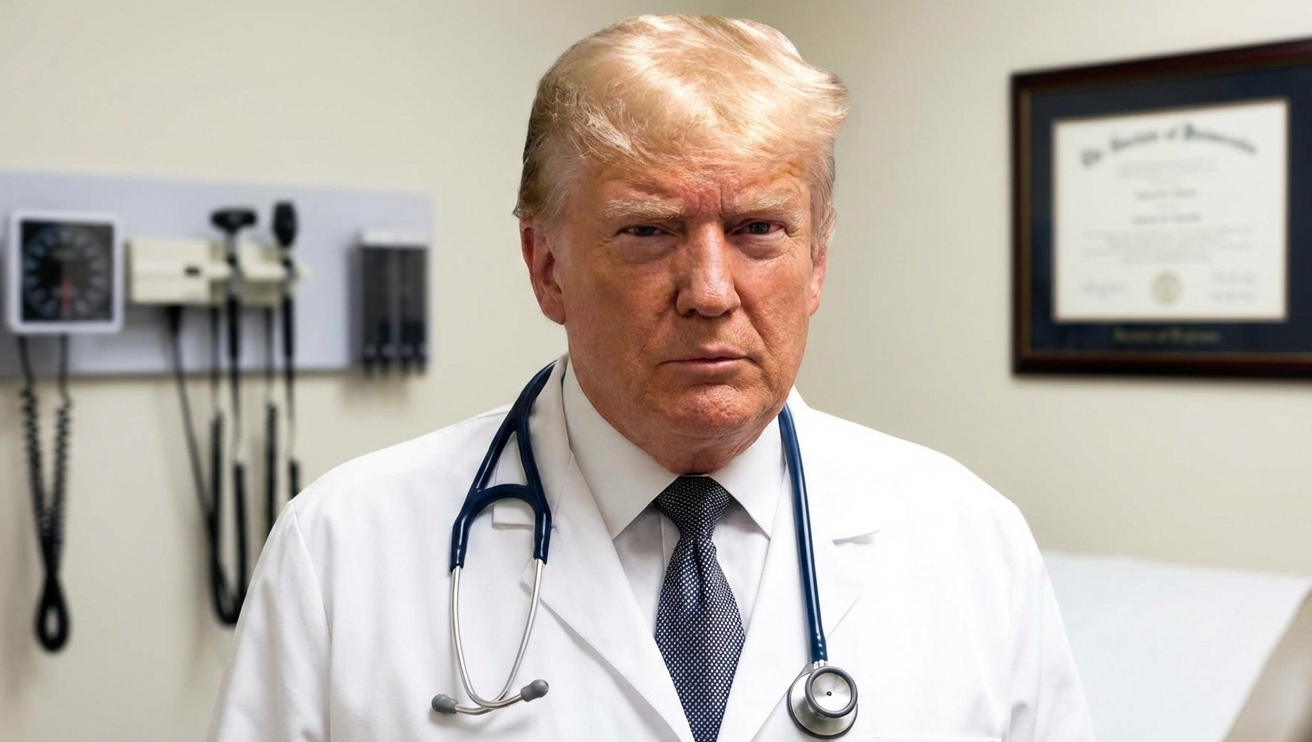(ThyBlackMan.com) Or, more specifically, raise the debt ceiling.
The United States government consistently spends more money than it takes in. (Its income is derived primarily via tax dollars.) The debt ceiling refers to the maximum amount of money that the Treasury Department is allowed to borrow to pay the government’s bills. Those bills include money for things such as interest on our national debt, military salaries, and social safety net programs.
Is America worth investing in? That’s the key question for bondholders (i.e., those who have purchased our government’s debt). If Congress does not raise the debt ceiling, the government will default on paying the money that it already owes. Even getting close to defaulting would put at risk “the full faith and credit” of the United States.

For example, S&P, a major financial rating agency, downgraded America’s creditworthiness in 2011 when it merely appeared that the government would default. This made our bondholders extremely concerned that they would not get a return on their investment – or even be repaid at all. The fallout from that debacle put taxpayers on the hook even more. Why? Bondholders’ understandable fear caused an increase in interest rates on our existing debt.
According to Kathleen Day, who teaches at the Carey School of Business at Johns Hopkins, “Whenever they (i.e., congresspeople) skate close to the edge, it costs taxpayers hundreds of billions of dollars.”
The phrase, “Close only counts in horseshoes and hand grenades” might need to be updated: “Close only counts in horseshoes, hand grenades, and … the debt ceiling”.
Our national debt stands at a record $31 trillion. The cap on the amount of money that the government can borrow is $31.381 trillion. We officially hit that number on Jan. 19th, which led the Treasury to use what are known as “extraordinary accounting measures” to keep paying the government’s obligations. Despite such measures, the government will soon default on its bills unless that cap is increased. Treasury Secretary Janet Yellen has warned that such a default could come as early as June 1st. That would likely trigger a global financial crisis.
Sadly, the debt ceiling debate has become a highly partisan issue. Most people, regardless of political party, understand that the U.S. must get its fiscal house in order. (“A trillion here, a trillion there, and soon you’re talking about real money!”) Democrats want to ensure that the social safety net, including healthcare for the uninsured, is strong. Republicans insist that, to be fiscally responsible, we must substantially decrease government spending.
The problem with the latter argument is that one cannot genuinely believe in “fiscal responsibility” while also favoring tax cuts for the wealthiest Americans. Those tax cuts are the primary reason that our debt is 120% of our economic activity – which is higher than normal. Supply-side economics (aka “trickle-down economics”) always results in higher deficits because the tax cuts never pay for themselves. So, where do we get the money to fund those tax cuts? China (at least primarily).
According to NPR, Congress has raised the debt ceiling 78 times since 1960 – 49 times under Republican presidents and 29 times under Democratic presidents. That’s not surprising given that budget deficits grow under both parties. (Unlike they’re doing today, Republicans did not throw a wrench in the debt ceiling process when Donald Trump was in office.)
Is there a solution? Perhaps. Secretary Yellen would like simply to abolish the debt limit. That is highly unlikely to happen. Alternatively, Congress could stop cutting taxes on the wealthiest people in the nation. In fact, they should raise taxes on that very group. Again, that is unlikely to happen, especially when Republicans control the House and/or the Senate.
Republicans want President Biden to agree to substantial budgets cuts in exchange for their agreeing to increase the debt ceiling. Those issues must remain de-coupled; budget negotiations should take place during the budgeting process, not in the middle of a looming debt ceiling default. Yes, they can sit around the proverbial kitchen table and discuss the most prudent way to spend (or stop spending) money in the future – but we must address the immediate problem first.
If the U.S. is deemed not worthy to invest in monetarily, the question is whether we’re worth investing in morally. How we spend money is ultimately a moral decision – whether “we” refers to individuals, businesses, or governments. As is the case with time, spending money is an indication of that which we deem to be important. If the United States government does not keep its word, it isn’t worthy of investment.
Written by Larry Smith
















Leave a Reply